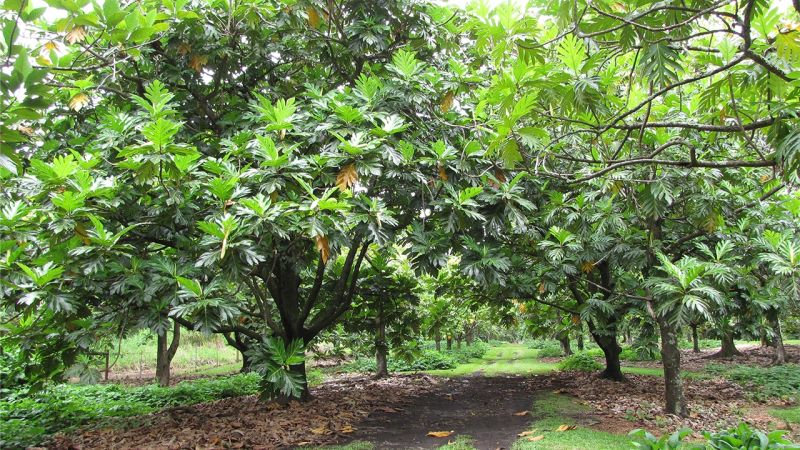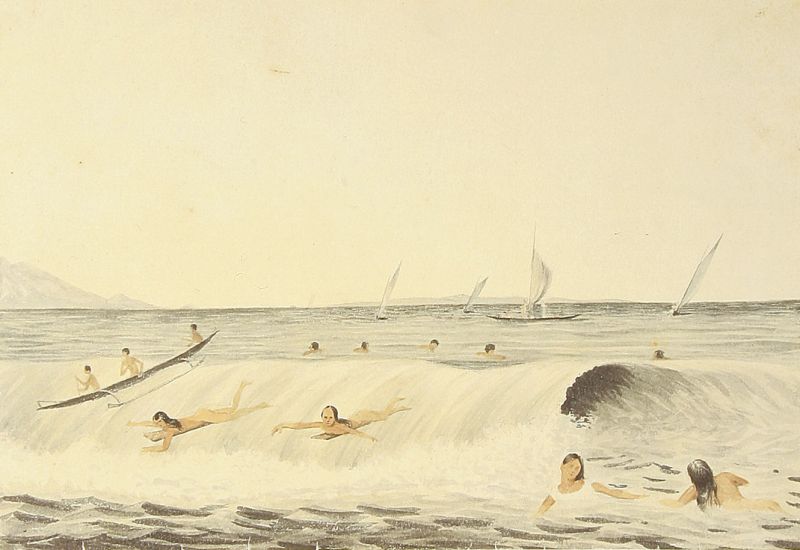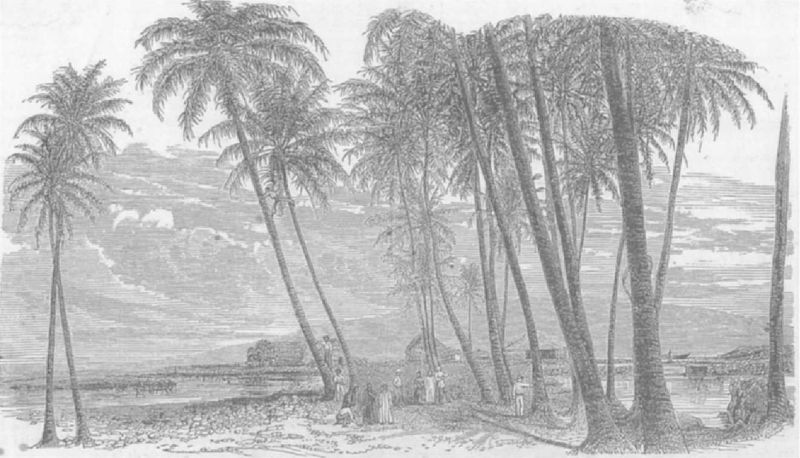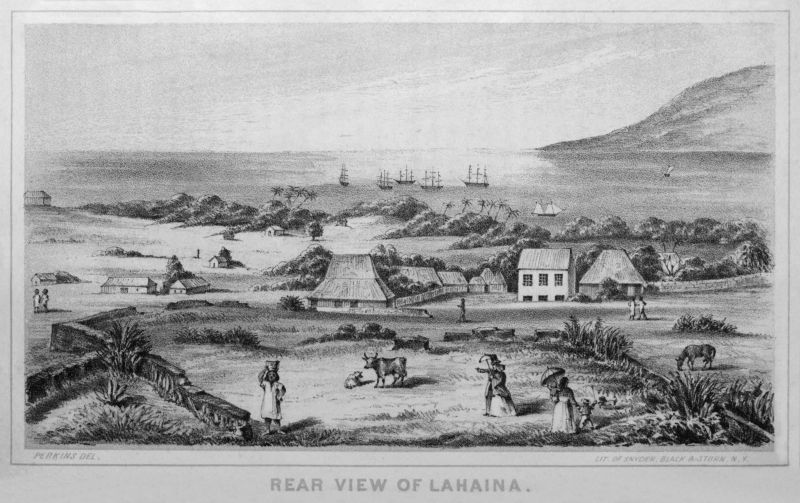Digital Collections
Celebrating the breadth and depth of Hawaiian knowledge. Amplifying Pacific voices of resiliency and hope. Recording the wisdom of past and present to help shape our future.
This curated selection of Hawaiian sayings pertaining to Lahaina, Maui has been pulled from The Bishop Museum Press publication ʻŌlelo Noʻeau: Hawaiian Proverbs and Poetical Sayings, by Mary Kawena Pukui.
An excerpt from the Preface, by Williamson, Elston, Kirkham, and Bennett:
These sayings are given first in Hawaiian and followed, in most cases, by Kawena's literal or near-literal translation into English. The vast majority of the sayings are clarified through her explanation and commentary. A few of the sayings have no translation but are explained within the commentary, and a small percentage require no explanation beyond the translation.
ʻŌlelo Noʻeau
collected, translated, and annotated by Mary Kawena Pukui
as published in ʻŌlelo Noʻeau: Hawaiian Proverbs & Poetical Sayings
Hālau Lahaina, malu i ka ‘ulu. [430]
Lahaina is like a large house shaded by breadfruit.
Huaʻi ka ‘ulu o Lele i ka makani Kona. [1117]
The breadfruit of Lele is exposed by the Kona wind.
Hidden matters are exposed in times of anger. When the Kona wind blows, the leaves of the trees are blown off to expose the fruit.
I ka holo nō i ke alahao a piʻi i ka lani. [1180]
While going along the railroad, one suddenly goes up to the sky.
A drinker soon finds himself “up in the clouds.” An expression used by the sweet-potato beer drinkers of Lahaina, Maui.
I ka hoʻolewa aku nei o Kūhelemai. [1181]
Attended the funeral of Kuhelemai.
A play on hoʻolewa (to lift) and kū hele mai (stand up and come), meaning that we stood up and lifted a beer down our throats. An expression used by the sweet-potato beer drinkers of Lahaina.
Ka ipukukui pio ‘ole i ke Kauaʻula. [1414]
The light that will not go out in spite of the blowing of the Kauaʻula wind.
Ka laʻi o Hauola. [1425]
The calm of Hauola.
Peace and comfort. There is a stone in the sea at Lahaina, Maui called Pōhaku-o-Hauola, where pregnant women went to sit to ensure an easy birth. The umbilical cords of babies were hidden in crevices in the stone.
Ka lā koi hana o Lahainaluna. [1428]
The sun of Lahainaluna urges one to work.
Daytime at the Lahainaluna School is occupied with studying and working.
Ka Maʻaʻa wehe lau niu o Lele. [1451]
The Maʻaʻa wind that lifts the coco leaves of Lele.
Lele is the old name for Lahaina, Maui.
Ka ua Paʻūpili o Lele. [1594]
The pili-soaking rain of Lele.
The plains of Lahaina, Maui were covered with pili grass in ancient days. When the rain poured, the grass was well soaked.
Ka ulu lāʻau ma kai. [1625]
The forest on the seaward side.
Refers to the masts of the ships that came into the harbors of Lahaina or Honolulu.
Keikei Lahaina i ka ua Paʻūpili. [1703]
Majestic Lahaina in the Paʻūpili rain.
Kūhela, kāhela i ka laʻi o Lele. [1865]
Stretched out full-length in the calm of Lele.
Said of a sleeper stretched out in a careless manner.
Lahaina, i ka malu ‘ulu o Lele. [1936]
Lahaina, in the shade of the breadfruit trees of Lele.
The old name for Lahaina was Lele.
Ulu kukui o Kaukaweli. [2868]
Kukui grove of terror.
Sometimes mentioned in connection with Lahainaluna School, where this grove was found. It was so called because of the short temper of the Reverend John Pogue, an instructor, and because of the skeletons stored in a nearby building for the study of anatomy. It was in this grove that hōʻike, exhibitions of what the students had learned, were held.

photo credit: Forest and Kim Starr

photo courtesy of: Wikimedia Commons
Watercolor by James Gay Sawkins, 1855

photo courtesy of: Wikimedia Commons
Wood engraving from daguerreotype by B. Jay Antrim, 1856

photo courtesy of: Wikimedia Commons
Lithograph by Edward T. Perkins, 1854